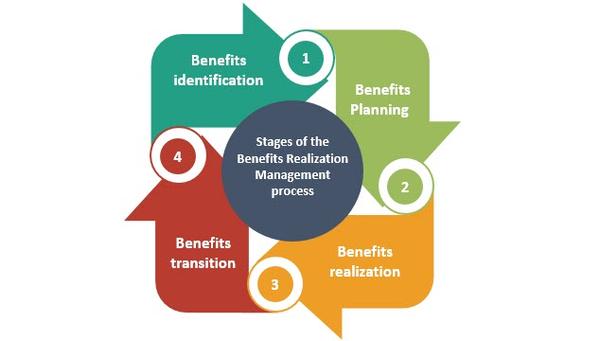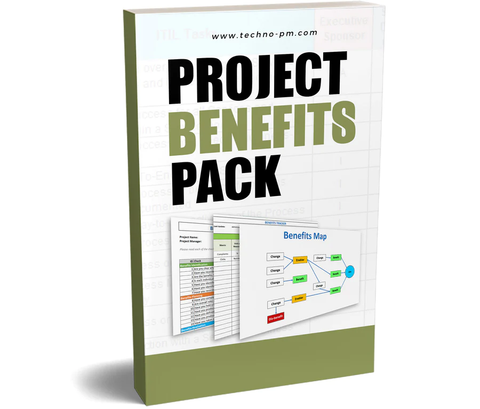Benefit Realization Management Process
Checklists are the must-have of anyone who likes structure and organization, so if simply hearing the word gets you excited; you came to the right place. When it comes to project management processes, benefits realization management remains one of the most challenging ones for many reasons. Many organizations acknowledge the importance of benefits realization management for the appropriate selection and initiation of projects and programs, yet many more struggles to do benefits realization management properly and end up wasting their resources and not making the bang for the buck on their projects.

Project Benefit Realization Process Checklist Template
While benefits realization management can be daunting at first; having a structured list of checks to follow in a simple step-by-step approach will make your life easier and prepare you better for what to expect and what to do to succeed in such a process. Checklists translate guidance into plain English instructions and break down the complex into smaller activities, in this way allowing you to confirm that nothing falls through the bricks
The checklist follows the stages of the Benefits Realization Management process, namely:
- Benefits identification: confirms that benefits have been clearly defined and are in line with the organization's strategic objectives.
- Benefits Planning :ensures a robust plan for the delivery of the benefits, with defined timescales and responsibilities.
- Benefits realization : validates that benefits are being measured, monitored, and reported against the targets set.
- Benefits transition : enables a smooth ownership transition to the business units once the benefits realization period has been completed.
The checklist is an aid for the project manager, project sponsor, and beneficial owners; that is, it is not exclusive to a certain role. It is intended to prompt the various benefits management tasks and considerations throughout the project lifecycle. It allows reviewing whether effective benefits management is in place or if that capability requires improving in the project and/or organization.

Since the checklist will cover all stages of the process, there is not a specific time to use it – it should be used from the beginning of the project and throughout the project lifecycle, with particular attention during the stage gates since benefits will be one of the elements under review at the gate.
Although you can create your own checklist, these tend to be created and made available as a template by a central enabler function such as a Project Management Office (PMO) or a Benefits Management team. By using the same standards across projects, will ensure gains of efficiency and a means for assurance. Indeed, a checklist is a suitable and powerful tool for self-assurance, enabling you to find your strengths and weaknesses in the process and giving you a complete overview of what good looks like. However, remember that you can also count on the expertise and assistance of your Benefits or PMO teams. Therefore, the checklist on its own is an enabler rather than a replacement for complete guidance.
In fact, we need to be honest here: there is a real risk that people will use it as a tick-boxing exercise. Please do not fall for that trap! Checklists exist to prompt your thinking and reassure you of what you have done or make you more aware of what you need to do. Therefore, they should not be overlooked or completed in a rush.
While checklists are usually represented in a table format, with checkboxes to be filled, I dare you not to stop there. Checklists are great for reflective practice! Thus, use that opportunity to go one step further and assess the real root cause that might have led you to miss one of the checks in the checklist. Was it really a matter of lack of time, or are you missing the confidence or knowledge to complete that part of the process? Is there sufficient and clear guidance available, or are you on your own? Are the benefits realistic, or did that last change request impacted the targets for realization? Are you getting the support you need, and is your sponsor really committed to delivering those benefits? Remember: project management is not simply about the delivery of the project but what the legacy of that project will be, that is…you guessed it right…benefits!
Delivering benefits is the primary reason organizations undertake change, yet benefits are often overlooked, mismanaged, or not realized to their full potential. Let us change that with one checklist at a time!




